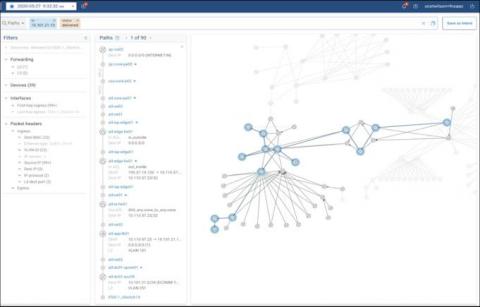Make the Headlines for Good News - Not a Security Mishap Due to Config Drift
The risk of config drift is ever present. And when you consider that modern enterprises have incredibly complex and ever-changing networks with thousands of devices, from routers to firewalls to switches, running billions of lines of config, it’s easy to understand why. Networks are constantly being changed by people - who though well intentioned - make mistakes. A configuration change that accomplishes the immediate goal may take the network out of compliance, but how would anyone know?











